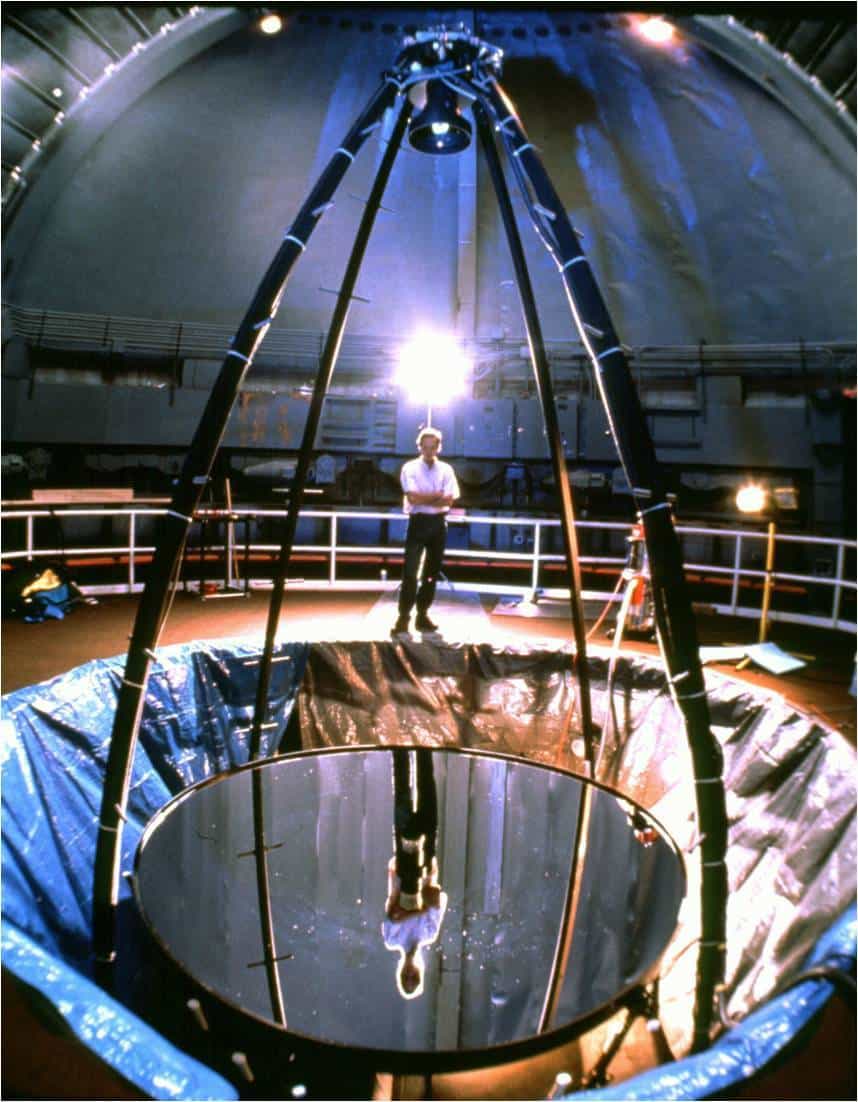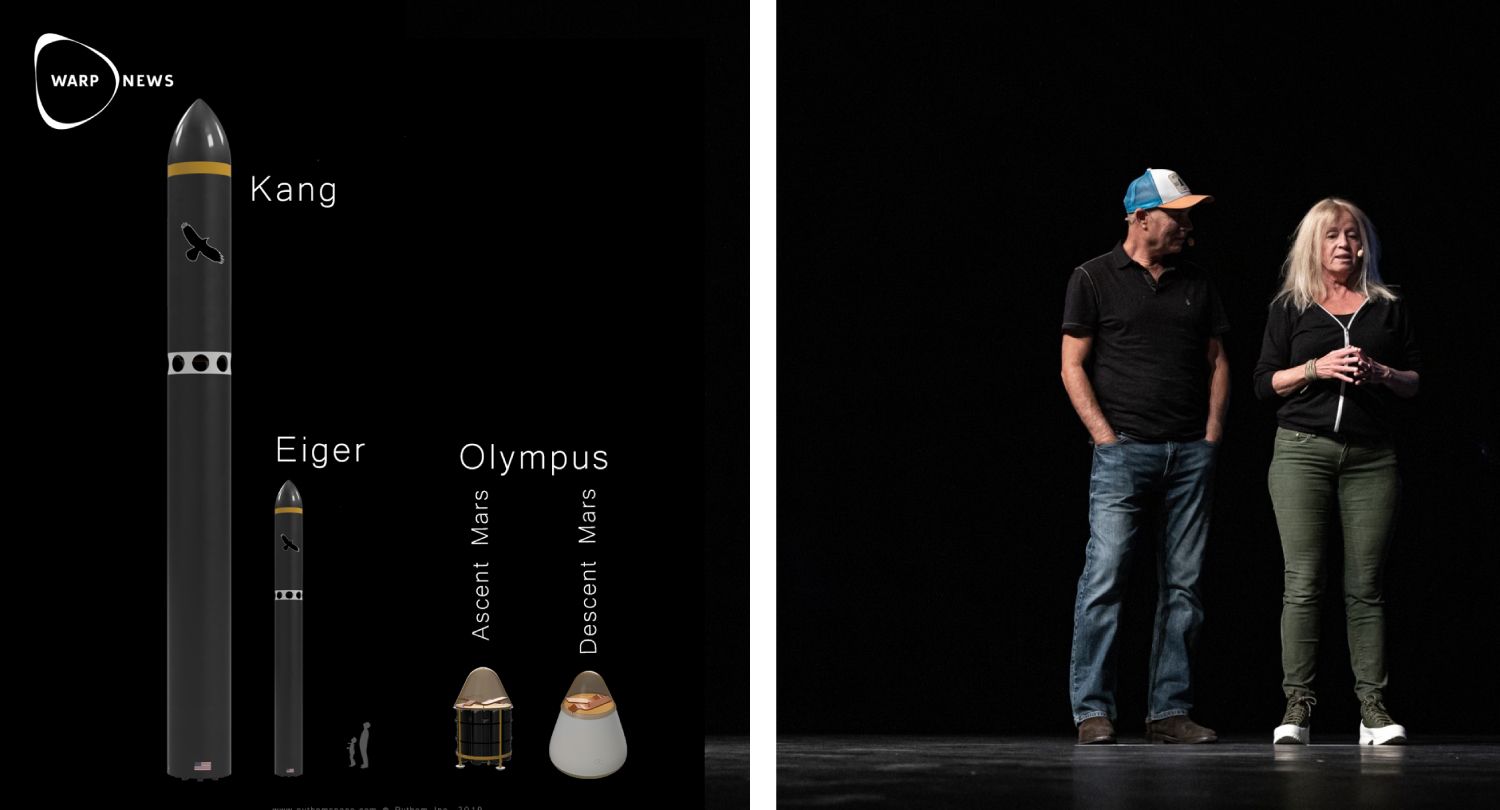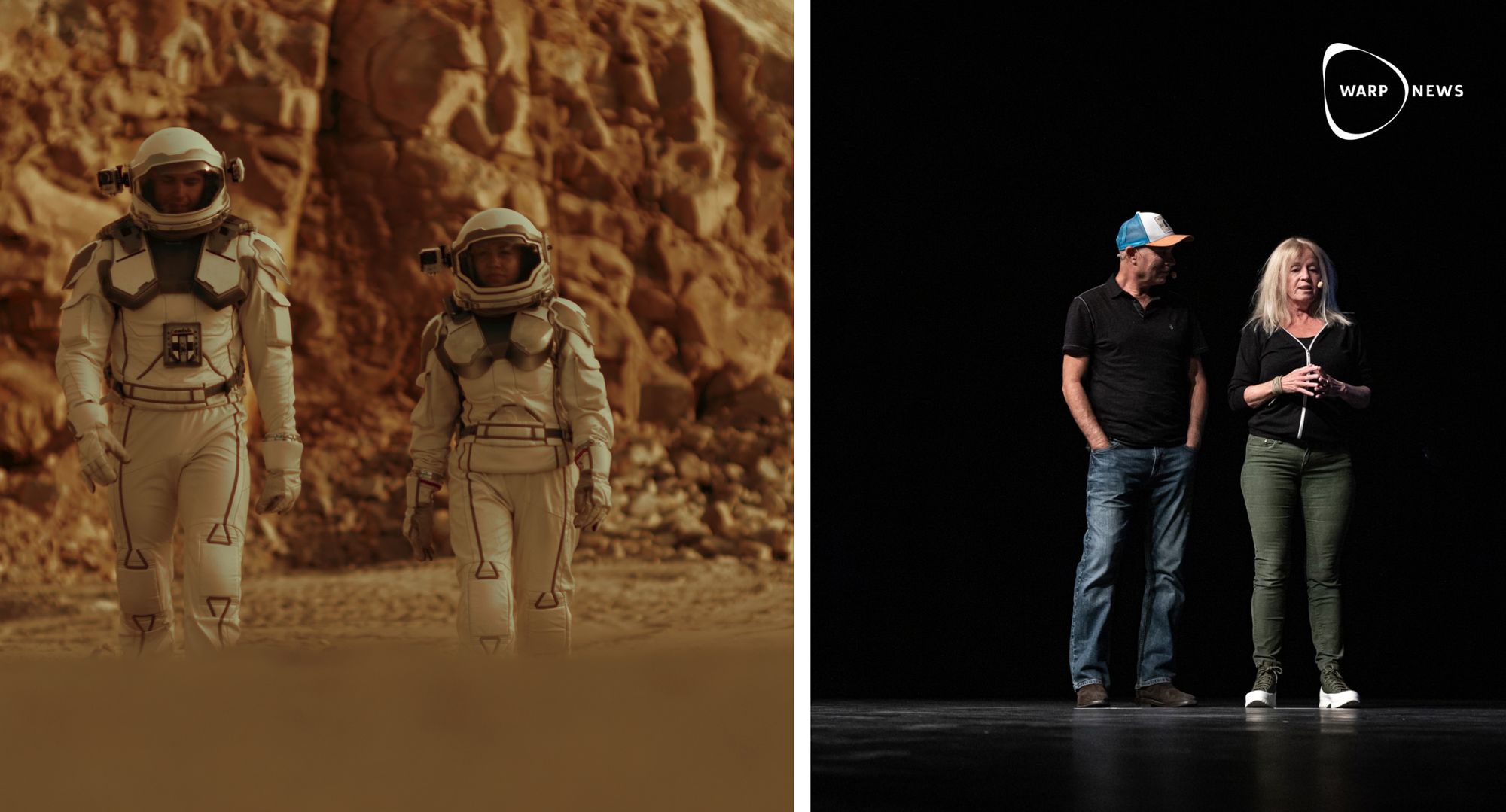
🌕 The most elusive stars of the universe could be observed with a telescope on the Moon
Astronomers from the University of Texas, Austin, wants to give new life to an old idea by NASA. The team desires to look deep into space and explore the most elusive stars, with the help of a telescope on the moon.
Share this story!
The team from the University of Texas, led by Anna Schauer, will present their project in the upcoming edition of The Astrophysical Journal.
Scientist estimate the universe to be about 13.8 billion years old, as a comparison, the Solar System was created about 4.6 billion years ago. Today, scientists are fairly familiar with the historic events of latest billion years, but the time shortly after the Big Bang is still held in darkness.
With the proposed lunar telescope, the astronomers desire to look back and study the first stars that were created, the Population III stars. These stars are so far away that they only exists in theory and are believed to have been created through a unique mix of hydrogen and helium. Theory predicts these stars to been between 10 to 100 times bigger than our Sun!
Professor Volker Bromm, part of the team at University of Texas, says that:
– Throughout the history of astronomy, telescopes have become more powerful, allowing us to probe sources from successively earlier cosmic times — ever closer to the Big Bang. There is still a lot to explore, he confirms.
Next year, the famous James Webb telescope is planned to reach orbit, a telescope that then will be in the front line of the exploration of the early cosmos. But not even James Webb will have the capacity to observe the Population III stars, its reach ends at the first galaxies that were formed.

In the year 2008, a group of scientists led by Roger Angel, at the University of Arizona, proposed a liquid mirror telescope (LLMT) for the lunar surface.
Unfortunately, NASA gave up on the idea a decade ago. But with Schauer’s new calculations comes new hope. Her team proposes a telescope with a mirror with 100 meters in diameter instead of 20 meters that was earlier proposed by NASA, and she wants to call this the Ultimate Large Telescope.
The telescope is proposed to work autonomously with the power of the Sun, and send information to Earth through a satellite in lunar orbit. A liquid mirror is basically a liquid that is rotated with a metal on the surface. The liquid will be rotated such that the metal will become reflective, henceforth, functioning as a mirror.

The team hopes for support with their project, so that they can begin their exploration of the young cosmos as soon as possible.
By becoming a premium supporter, you help in the creation and sharing of fact-based optimistic news all over the world.


